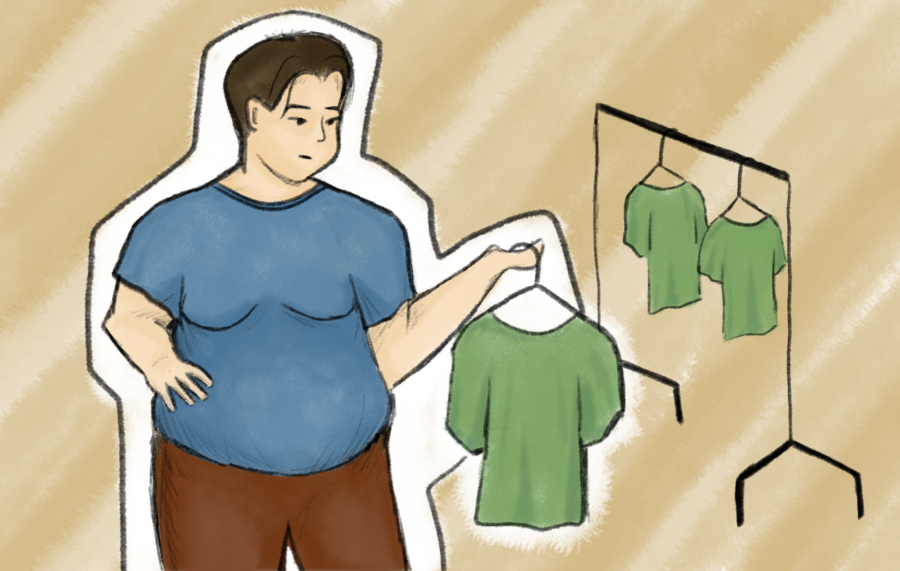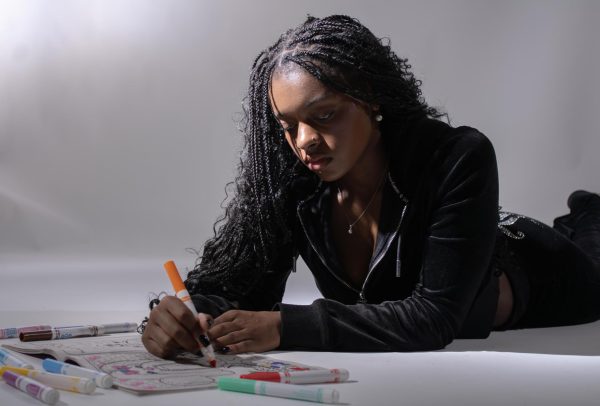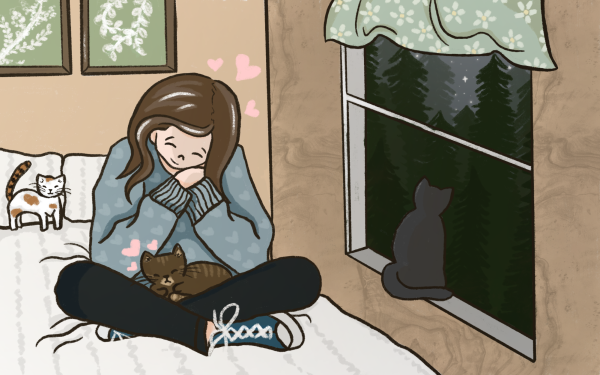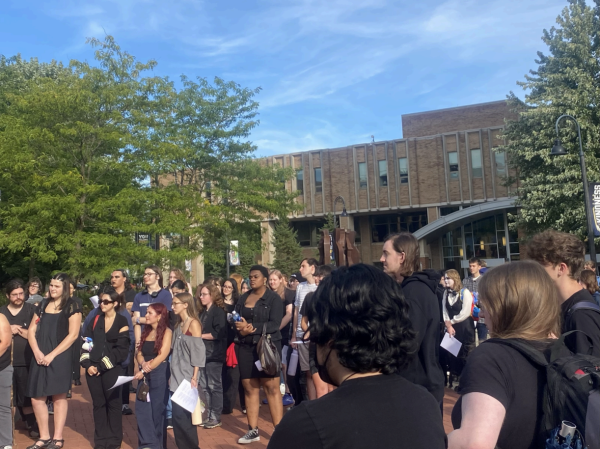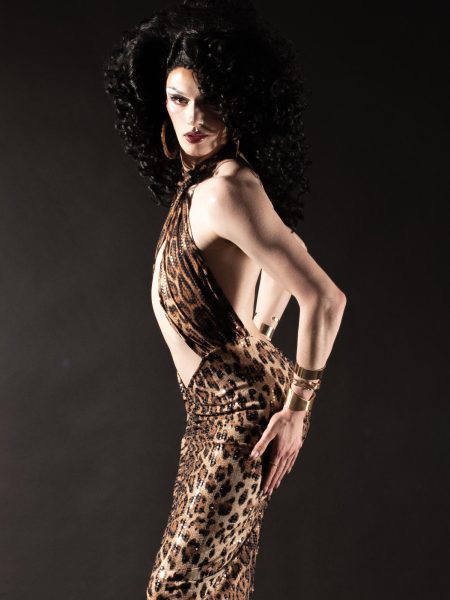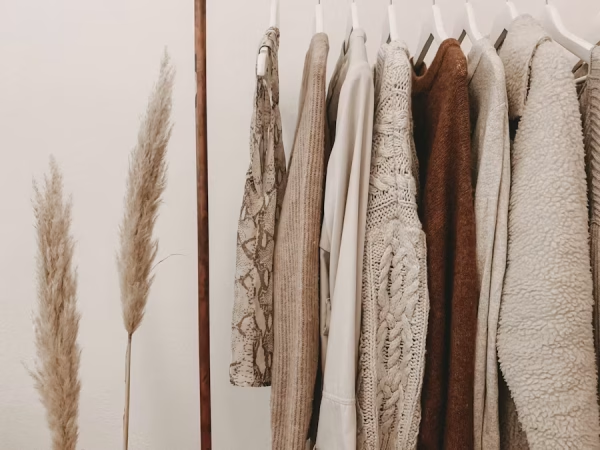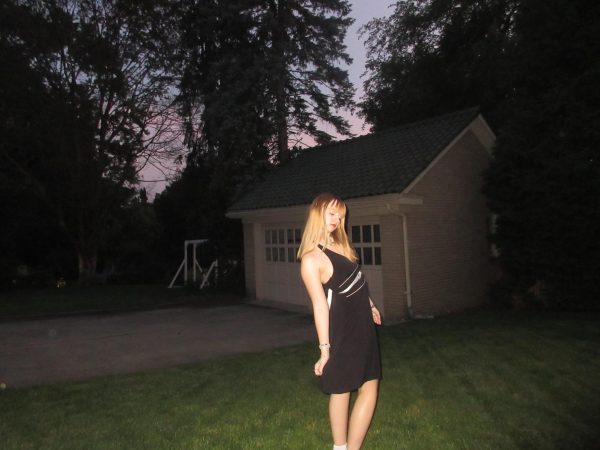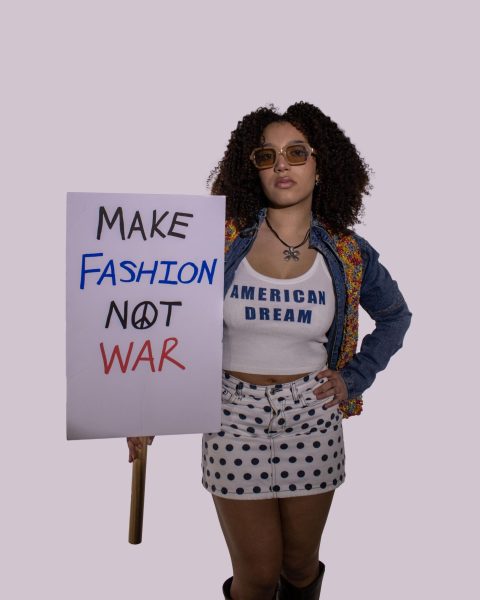is menswear shopping really easier?
Women often struggle with most fashion brands to find a size that fits, but we rarely look at menswear in terms of body inclusivity. Many companies have started tailoring their womenswear sections towards the range of body types that our society presents, but the focus has not been on menswear. Womenswear has figureheads like Ashley Graham and Tess Holliday to spearhead the plus-sized inclusion movement, but menswear does not have influencers like that. And although the fashion industry has grown to be more inclusive over the years, it still has a long way to go.
There is one company that has broken societal bounds with plus-sized male model casting: Savage X Fenty. Late last year the brand premiered a fashion show casting rising plus-size model Steven G. His first big break was Rihanna’s line and after he wrote on Instagram: “I thought this was for me but this is for every guy built with some extra meat, that unbuttons that bottom button when tryna avoid the crease, that has to shop around like crazy cause the sizes for us are already gone but we sauce up a fit and still flex the drip.” Hypebeast‘s article about menswear body diversity claims that Steven’s appearance in the show earned Savage X Fenty a lot of praise for being more inclusive than most in the industry.
We also saw some change in high fashion with body diversity in mens and womenswear with Versace’s Spring/Summer 2021 New York Fashion Week show, which included plus-sized models. This was the brand’s first time in history including plus-sized models, and after, the brand continued inclusive casting for upcoming shows. In 2021, the New York fashion scene was one of the only signs of progression for body diversity that year. September’s New York Fashion Week showed the most diversity; WWD claims body diversity representation was up 366%, with 27 brands including curvy models.
Even though we have seen a slight amount of improvement in body diversity in the fashion industry, not much of it has been focused around menswear. Still, guys in fashion are ignored if they are above a certain size range.
In 2020, a study came out from Iowa State University about the plus-sized market in menswear. The Body Positive Movement neglected menswear in its campaign for more inclusive sizing. The university states in the article: “Although the average male is considered plus size by retail industry standards, most apparel is designed to fit men that is not reflective of this demographic.”
Most people do not realize the psychological effect that shopping and never being included in the size ranges has on customers, but this study looks into it, stating that, “The last several decades have seen a drastic increase in the number of men suffering from mental health issues related to body image and it is estimated that approximately 10 million men will suffer from an eating disorder related to poor body image in their lifetime.” Even with these statistics, social and fashion movements have neglected body positivity and diversity within menswear.
Many stores simply do not cater to plus-sized men’s fashion, unless they are DXL, and if they do claim to be size inclusive, they usually only run to a size 4XL or 5XL and size 52 waist. According to Health Line, the average 20-year-old man has a waist circumference of about 40 inches. That only allows another six sizes up from the average male’s waist for most brick and mortar stores.
The fashion industry has always had exclusive size options and it has benefited them so far, so there has been no need to change. When more voices are heard, things will slowly start to feel more inclusive in menswear and womenswear. Yet while we wait, menswear shopping is not as easy as we once believed.
Support Student Media
Hi, I’m Grace Avery, the Editor In Chief of A Magazine. My staff and I are committed to bringing you the most important and entertaining news from the realms of fashion, beauty and culture. We are full-time students and hard-working journalists. While we get support from the student media fee and earned revenue such as advertising, both of those continue to decline. Your generous gift of any amount will help enhance our student experience as we grow into working professionals. Please go here to donate to A Magazine.

